Do you remember what you ate for breakfast today? Ok, now do you remember what you ate for breakfast at the beginning of the month? Probably not, because it is virtually important to remember something so infinitesimal that was done so long ago. And if you’re watching your weight, trying to get back in shape, or have some sort of condition that requires you to stick to a strict Diet Menu Plan Templates, you probably maintain some kind of food journal, diary or log. Everyone knows that it’s easier to keep a track of anything if the information is well-documented and easily accessible. With these free and premium food log templates, you can do all that and more.
Do you remember what you ate for breakfast today? Ok, now do you remember what you ate for breakfast at the beginning of the month? Probably not, because it is virtually important to remember something so infinitesimal that was done so long ago. And if you’re watching your weight, trying to get back in shape, or have some sort of condition that requires you to stick to a strict Diet Menu Plan Templates, you probably maintain some kind of food journal, diary or log. Everyone knows that it’s easier to keep a track of anything if the information is well-documented and easily accessible. With these free and premium food log templates, you can do all that and more.
Daily Food Log Template
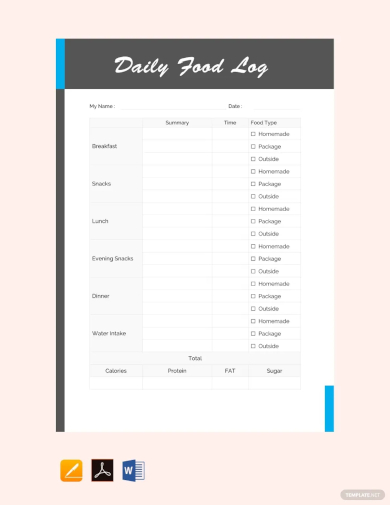
Weekly Food Log Template
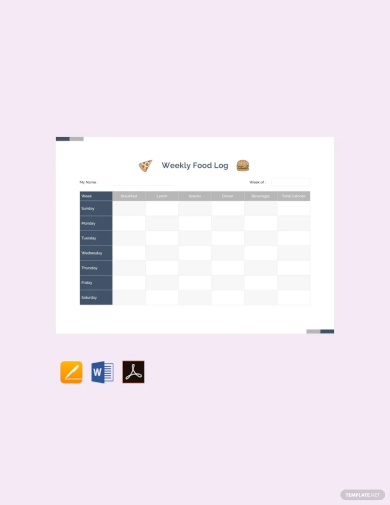
Weekly Food & Beverage Purchase Log Template
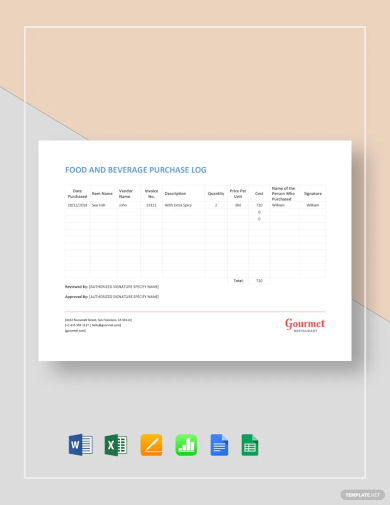
Monthly Food Log Template
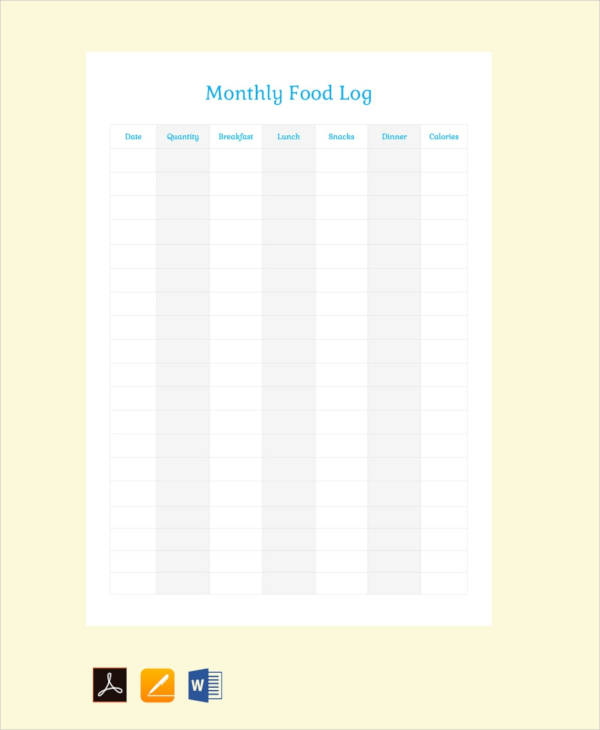
Free Food Log Template
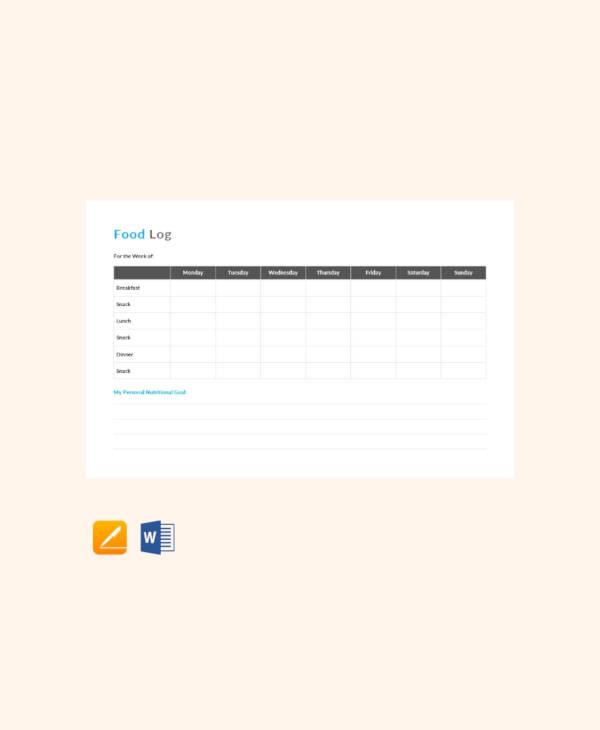
24-Hour Food Log Template
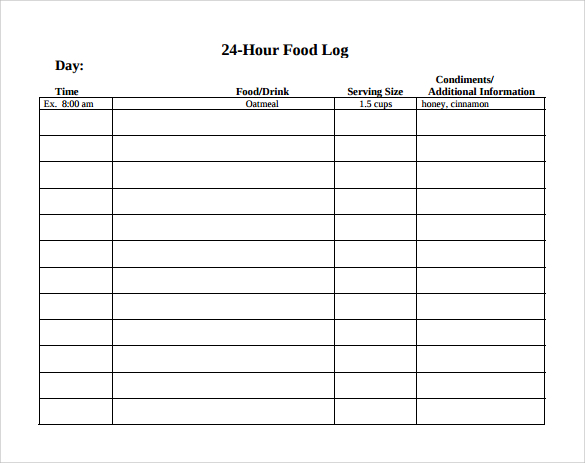
lmu.edu
Sample Food Temperature Log Template
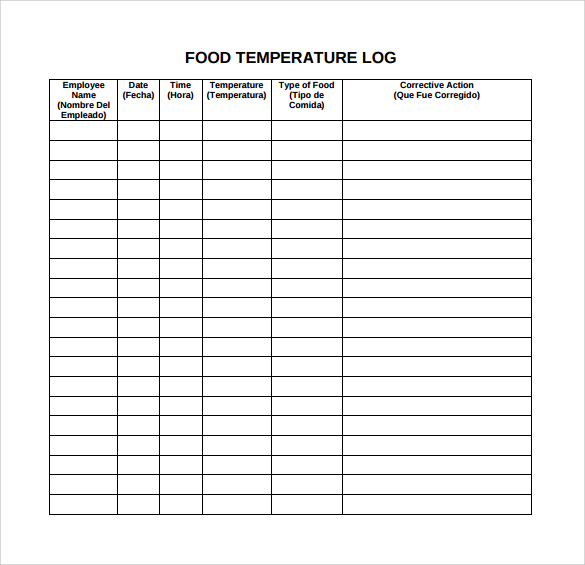
sandiegocounty.gov
Food Log Example
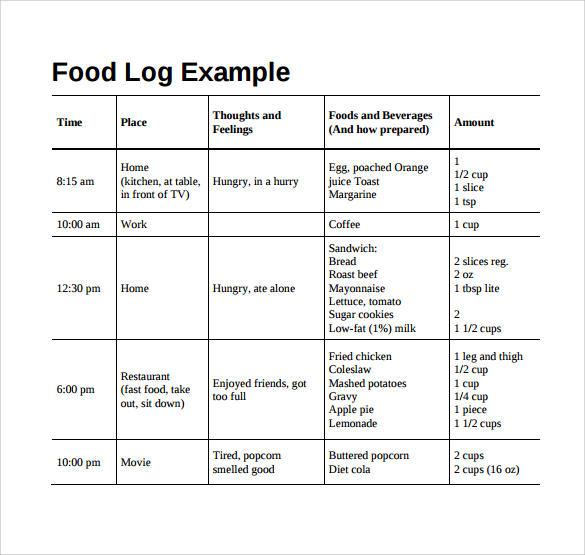
hopkinsmedicine.org
Blood Glucose and Food Log Template
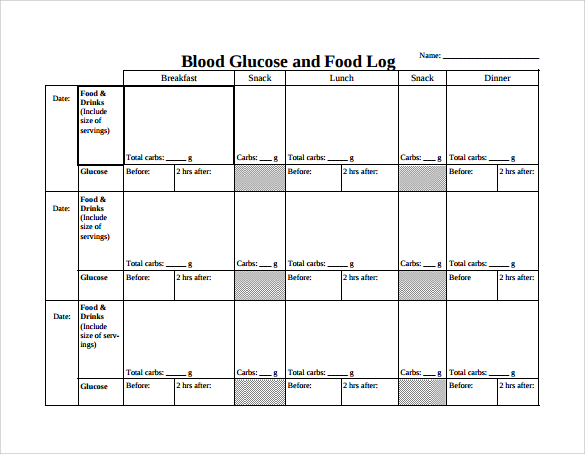
institute.org
Basic Food Log Template
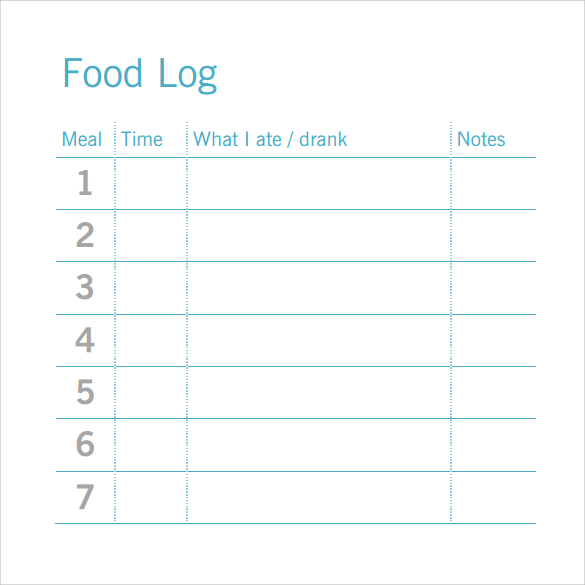
precisionnutrition.com
Food Log Sheet Template

framinghampediatrics.com
Food Waste Log Template
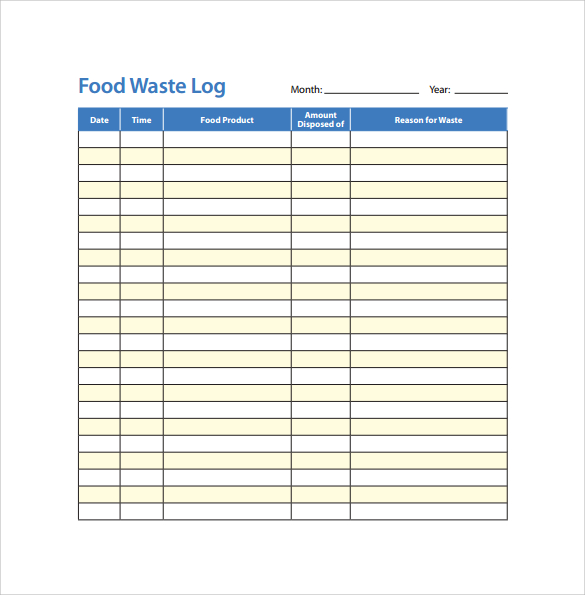
nutrition411.com
Sample Food Temperature Cooling Log Template
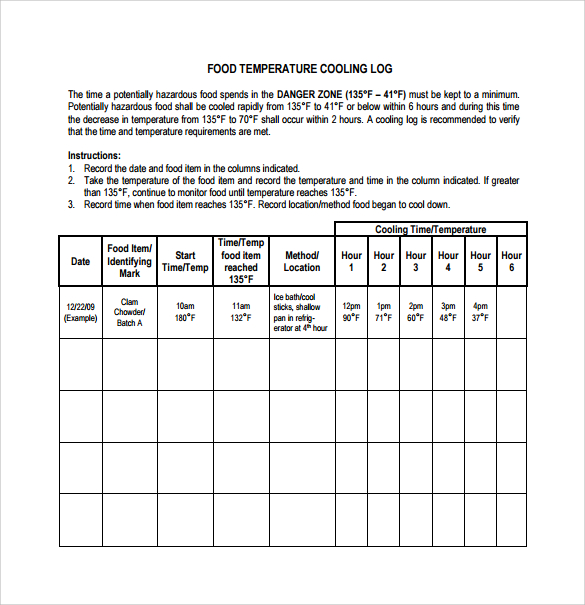
cchealth.org
Printable Food Log Template
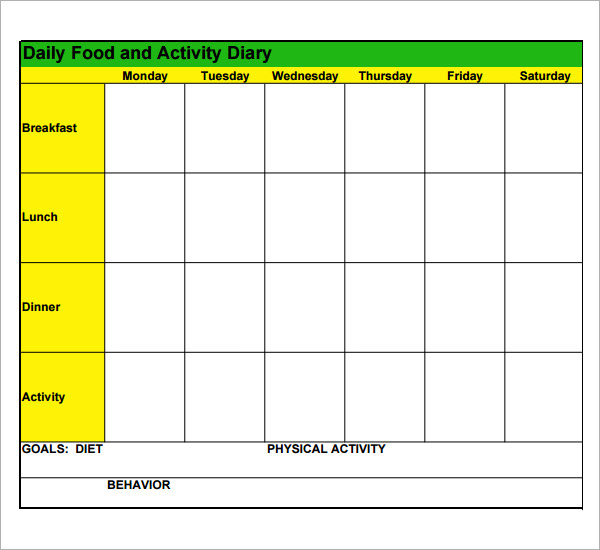
nhlbi.nih.gov
Calorie Counter Food Log Template
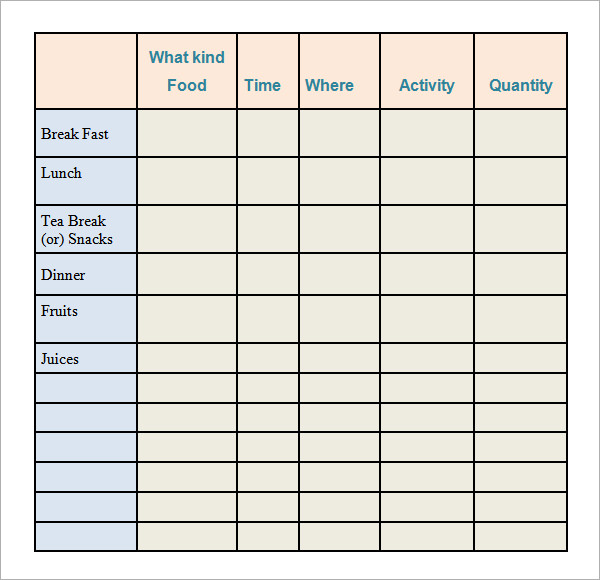
Food Diary Log Template
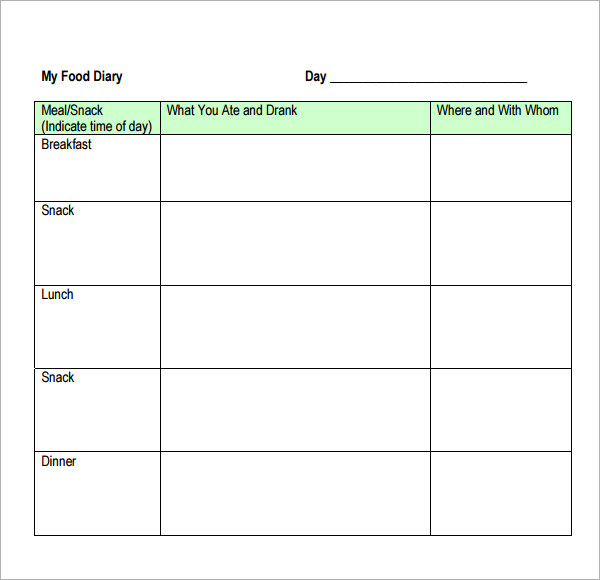
cdc.gov
Food Log in PDF
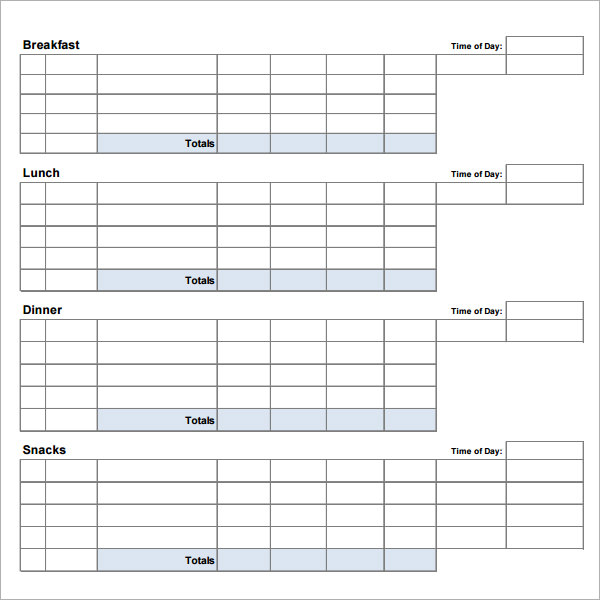
builtlean.com
Formal Food Log Template
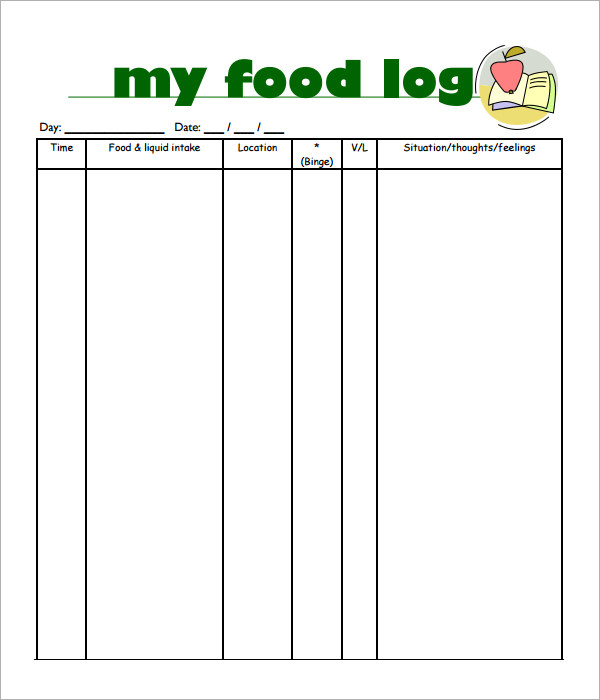
cci.health.wa.gov.au
Sample Food Log Template
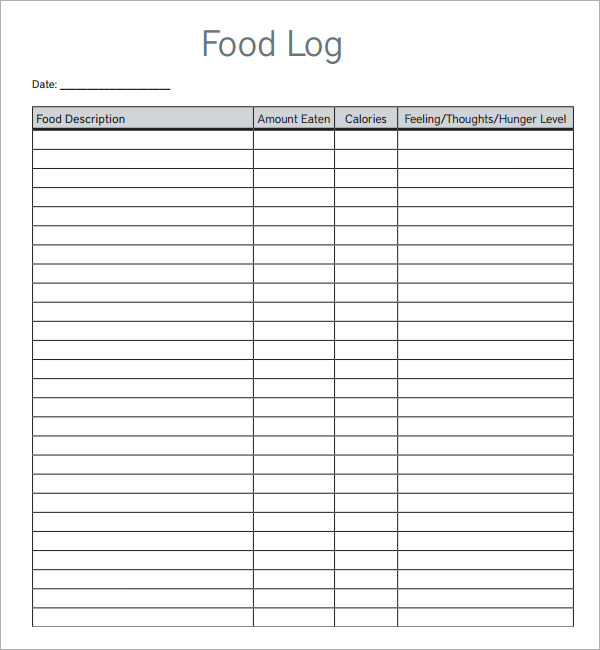
dev.standupandeat.org
Simple Food Log Template
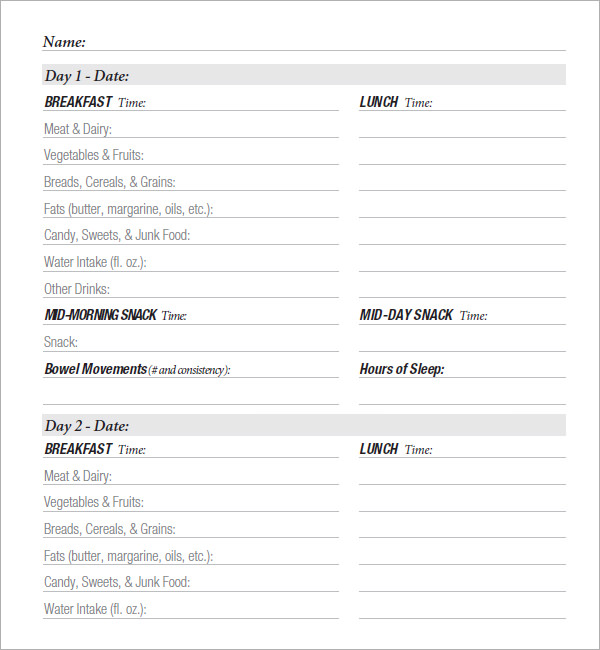
riverviewwellness.com
Keep Track of Your Diet
Whether you’re looking for a food log template keto diet or an eating diary template, these word and excel based templates are the perfect way to keep a record of your food intake so that you can keep your diet on track. Get the food log template freeware that will help you get familiar with the amount of calories you consume as well as the number of calories that each food item contains.
Be Aware Of What You Eat
All you need to do to record everything you eat and drink is download these templates and make yourself a printable food journal that you can use as a sample for your routine. Once you have the perfect example of what you’re looking for, you know you have a well-documented account of what you’ve been eating all this while.
These food log templates are the perfect way in which you can track what you eat and drink throughout the day, over a course of a few days, weeks or even months. Maintaining a food log is a great way to supplement other weight-management tools such as a weight-loss log and exercise chart.
If you have any DMCA issues on this post, please contact us!
Related Posts
Sample Research Reports
Salutatorian Speech Samples
Sample Key Log Templates
Sample User Manual Templates
Sample Chart of Accounts Templates
Sample Graduation Speech
Rental Ledger Templates
Sample Delivery Note Templates
Sample Discursive Writing Templates
Sample Handover Reports
Sample Pitching Chart
Research Paper Examples
Research Paper Samples
Sample Payment Vouchers Templates
Sample Report Writing Format Templates
